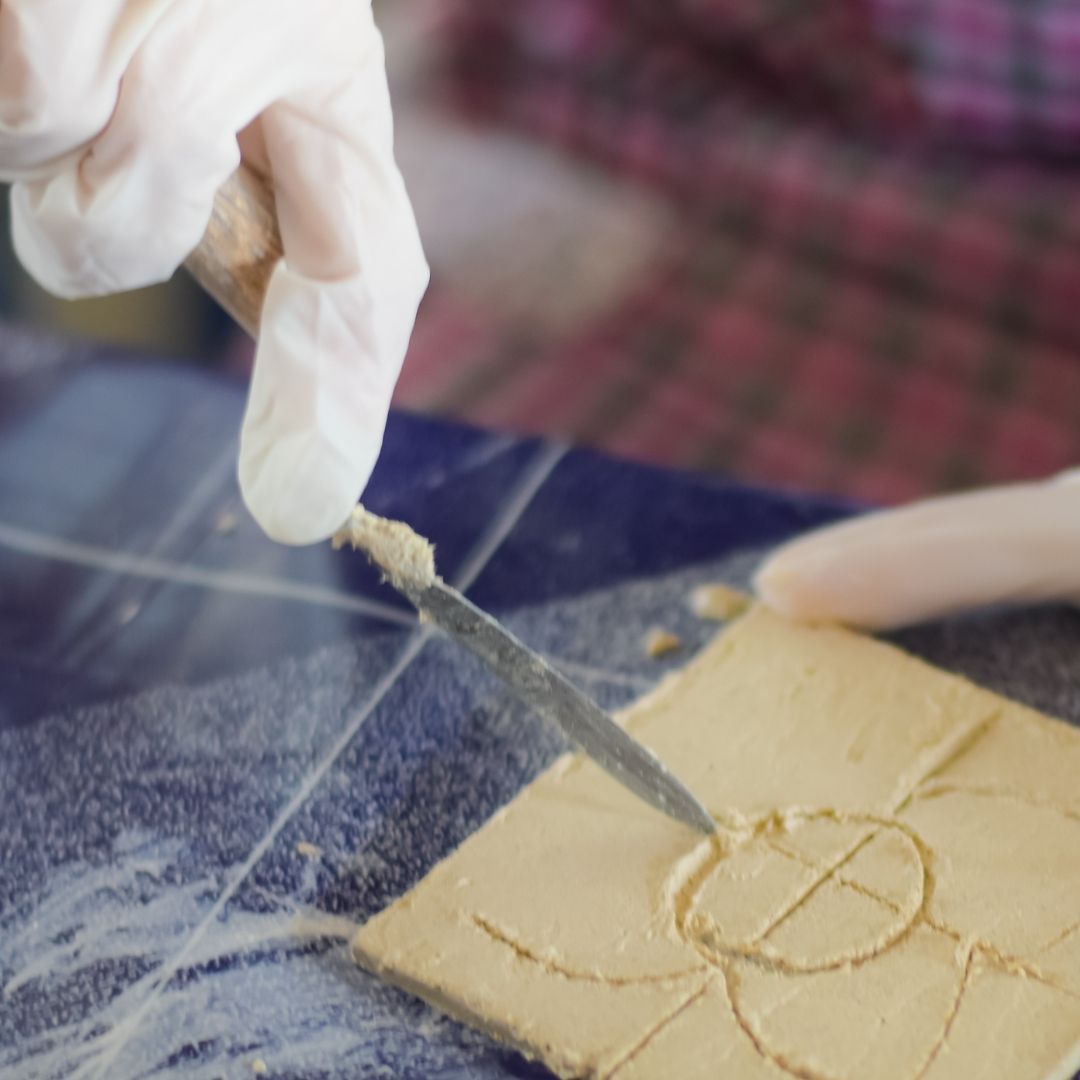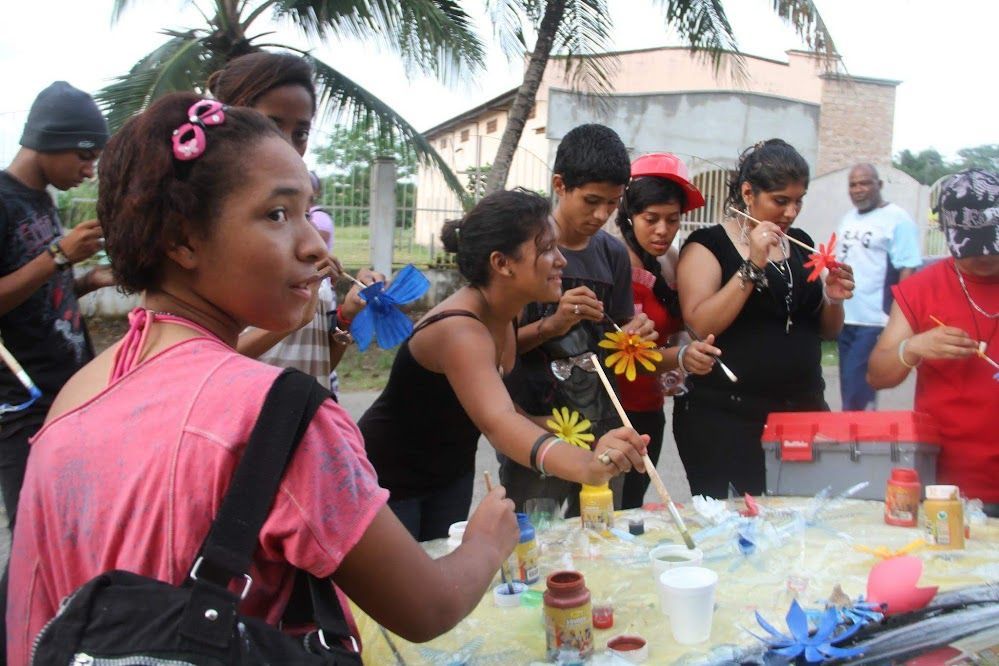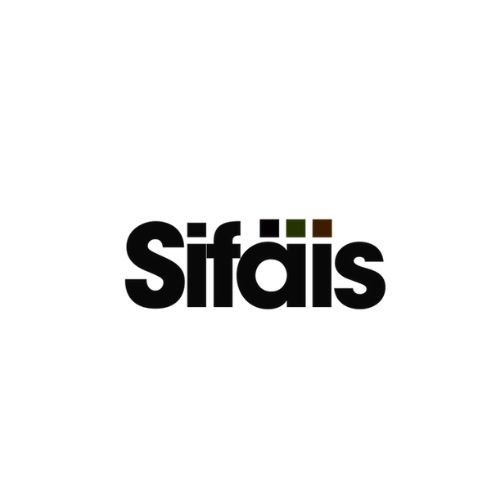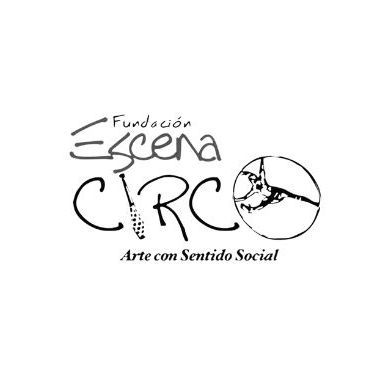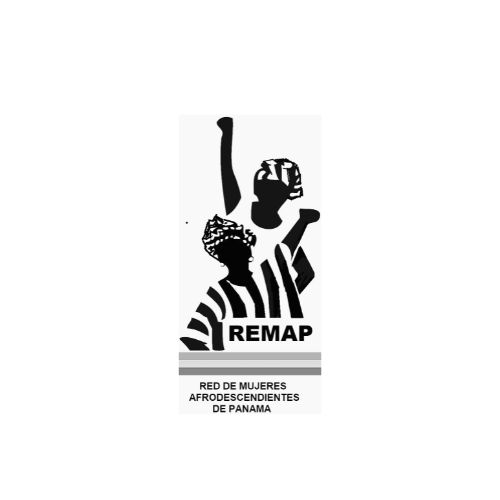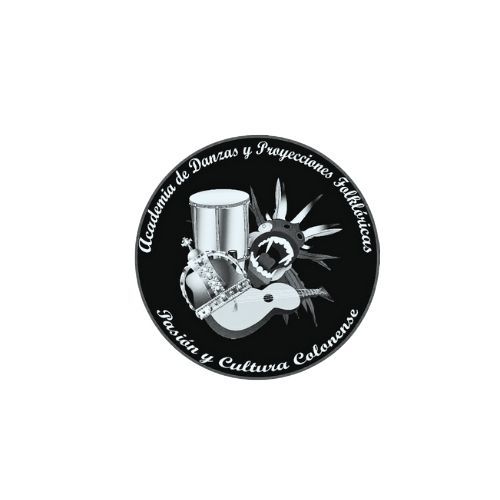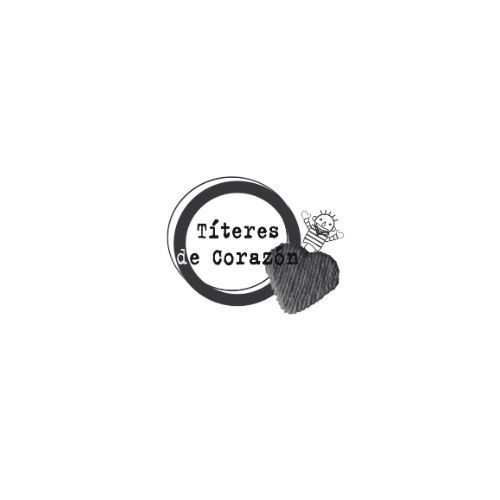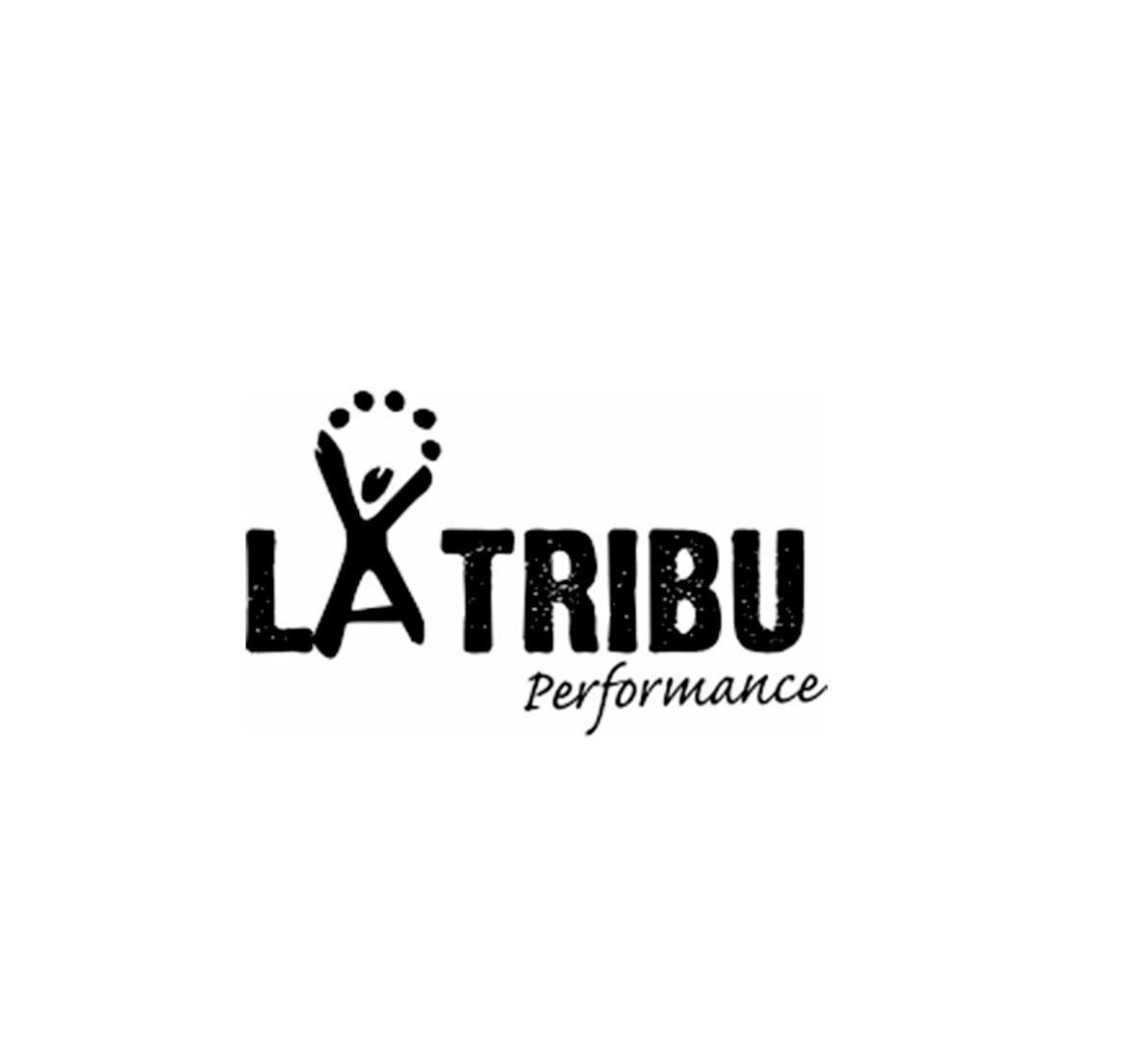Plastic Arts on Stage
Plastic Arts on Stage
It refers to the creative fusion of the performing arts and the plastic arts, creating unique and multidisciplinary artistic experiences that integrate visual and performative elements in a performance or production.
This combination seeks to enrich the narrative, aesthetics and interaction with the public, creating a synergy between forms of expression. By uniting these two disciplines, new dimensions in artistic creation are explored and more impactful visual and emotional effects are generated in the context of a live performance.
Scenic Assembly and Disassembly
The creation and management of visual elements and scenery involves stage assembly and disassembly. This includes planning and coordinating the arrangement of visual elements on stage before the performance and their removal after the performance. Efficient assembly and disassembly ensures that visual aspects are integrated seamlessly into production.
Costume and Makeup
This area involves the creation and design of costumes and makeup that not only dress the actors, but will also become an integral part of the artistic expression. Costumes can be works of art in themselves, reflecting the aesthetic of the production and adding depth to the characters. Makeup artistry and characterization are used to transform actors' appearances and add visual dimension to characters.
Scenography, Sculpture and Props
In this area, the environments and visual objects in which the performance takes place are created and brought to life. Scenography can include physical structures and projected visual elements that transform and enrich the setting. Sculpture and props contribute to the setting and can be visual works of art that interact with the actors and the narrative.
Digital Artisans
"digital artisans"
We are individuals who use technical and creative skills to create objects, music or content using digital tools and technology.
Although the word "craftsman" often conjures up images of manual work in traditional crafts such as carpentry, ceramics or jewelry making, the term also applies to the digital realm. Digital artisans combine technical skill with creativity to produce a wide range of products and experiences. Some examples include.
Digital lighting design
Digital technology allows for precise programming and control of lights on stage. Lighting designers can create dynamic effects that follow the action and pace of the performance.
Music and digital sound
Live music and sound effects can be created and manipulated digitally to create unique atmospheres and special effects. This includes real-time mixing, the use of virtual instruments and sound synthesis.
digital visual art
Projecting images and videos onto stages, backdrops and surfaces, as well as creating real-time visual effects, can transform the look and feel of a performance. This can include mapped projections, virtual sets, and interactive visuals.
Community Plastic Arts
Community fine arts are a form of artistic expression that involves the community in the creation, appreciation and participation in works of art. These initiatives seek to foster collaboration, dialogue and active participation of members of a community in the production and enjoyment of art. Here I present some examples and characteristics of community plastic arts.
Community fine arts aim to create a sense of belonging and empowerment among members of a community by encouraging collaboration and creative expression. These initiatives can have a lasting impact on the social and cultural fabric of a community by allowing local voices to be expressed through art.
Workshops and educational programs
Organizing workshops and training programs in fine arts for the community can encourage the participation of people regardless of skill levels.
Community murals
Murals are works of art painted or drawn on walls or building facades. Community murals can reflect the history, culture or values of a specific community and often involve local residents in their creation.
Art with recycled materials
Creating artwork with recycled materials can have a sustainable approach and highlight the importance of recycling and environmental conservation.
Newsletter






